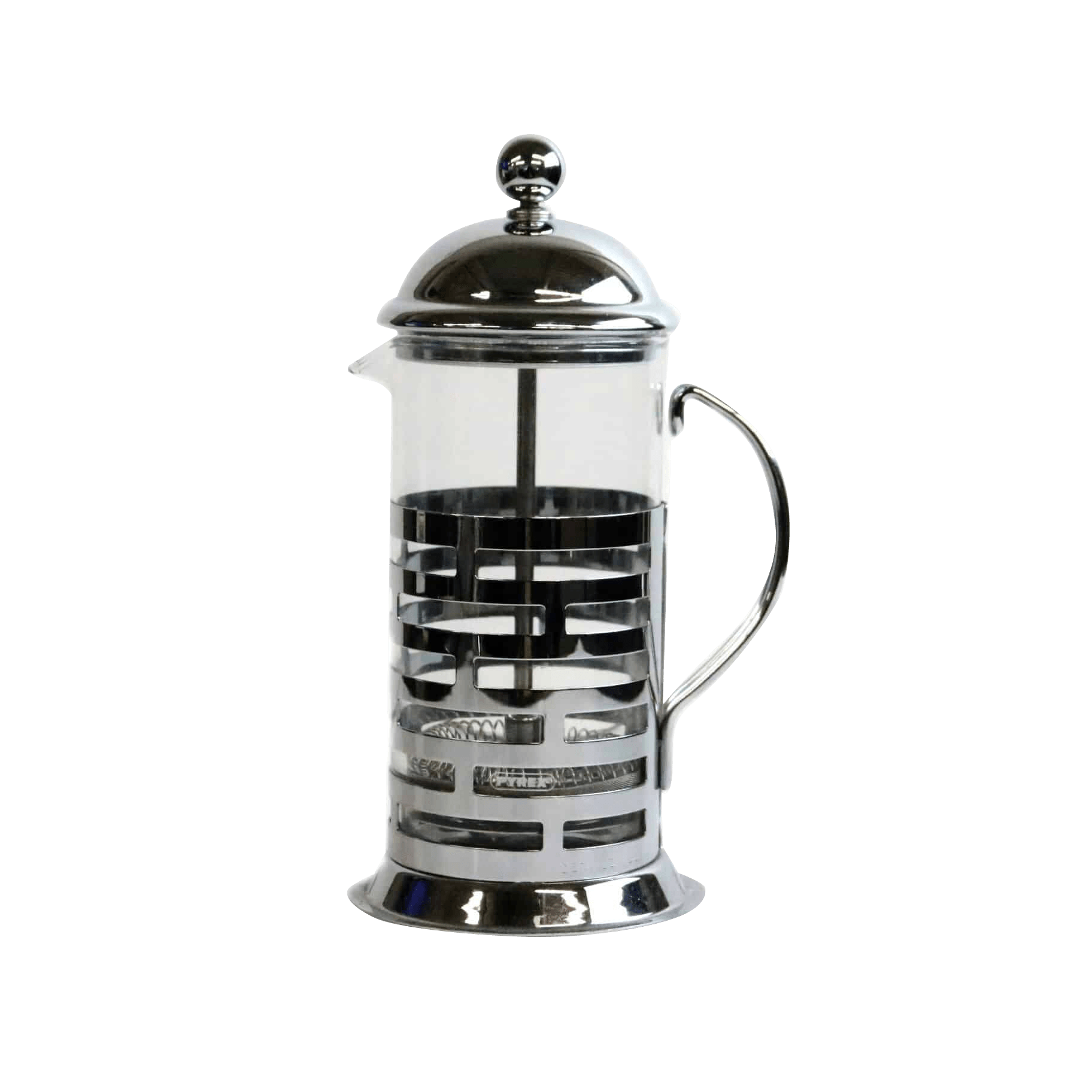New Reserve: Guatemala Las Guacamayas
Country - Guatemala
Region - Aldea Las Guacamayas, Jutiapa
Altitude – 1500-1800 masl
Variety – Yellow Bourbon, Yellow Catuai
Process – Natural Prolonged Fermentation
In the south easternmost part of Guatemala, along the border with El Salvador, lies a lesser-known region called Jutiapa. It is here that this coffee comes to us from. The city of Jutiapa is a mid-point along the Pan-American Highway directly between Guatemala City and San Salvador. It is known for being a high, dry area. The more well-known coffee regions of Guatemala, like Huehuetenango, Antigua, and Atitlan are know for being more tropical, very high, and very lush. Jutiapa is sunnier, hotter, and arid. This makes the climate perfect for preparing natural process coffees.
“Natural process” should not be confused with language used detailing how a coffee is grown. In the grocery stores there are labels on all kinds of products that claim “natural” production methods, alluding to some kind of organic-adjacent practices. Within the coffee processing world, “Natural” refers to a very specific method of preparing the coffee – the steps between when the coffee cherry is picked and the coffee seed, the “coffee” part of the coffee, is ready for shipment. In this practice, the coffee is picked and dried still in the fruit. The drying usually takes weeks. The cherries shrivel until they look like raisins, and then further, until they look like little cocoa puff cereals. When shaken the coffee inside the dry husk can be heard rattling around.
In order to perform this process well, long, hot, dry days with nice dry breezes are required. A rain or humid conditions can remoisturize the coffee. This can either prolong the drying process, or worse, encourage the growth of mold or bacteria that can cause the coffee to rot.
In some case, as with Nehemias Pimentel, additional steps are taken to create even more varied and exciting flavors in the coffee. For this specific lot of coffee, the processing is very involved.
- Pick all ripe coffee cherries.
- Collect the ripe cherries and put them into a large fermentation tank. A fermentation tank looks a lot like a pool with white porcelain tiles lining the bottom and sides. Water fills the tank just above the level of cherries.
- Let the coffee sit in the tank for 28-32 hours.
- Run clean water over the now very plump and waterlogged coffee cherries, which washed away dirt, debris, and any yeast or bacteria that was beginning to grow in the tank.
- Lay the coffee cherries in the sun on a patio for roughly 12 hours to begin to dry.
- Push the cherries into piles to allow the fermentation process to begin afresh and continue to develop the flavors in the cherries.
- Rotate the coffee piles so that fermentation doesn’t get out of control. Temperature is monitored, since fermentation causes the piles the heat up.
- This process is continued over the course of 16-20 days. Temperature, moisture levels, and pH levels are monitored during this period to ensure the coffee is stable, drying at a pace that instills the highest level of quality and flavor.
- Once the coffee is fully dried, it is rested for several weeks in a cool, dark place, allowing the coffee to become stable and ready for shipment.
- After resting, the coffee is dry-processed (removed from the husk, sorted, and bagged,) and shipped to the US.
FEATURED PRODUCTS
We roast this coffee with a delicate touch. You will likely notice that the majority of our rare coffees, our Reserve Line, are roasted to a light degree. This is intentional. We want to highlight the delicate, bright, subtle flavors of the coffee. We want to show what the farmer and the miller intended the coffee taste like. All that hard work and dedication create specific flavors that are far too easy to burn away.
The light roast of this coffee reveals an array of floral aromas, rich and sweet fruit juice flavors, deep sweetness, and a pleasing finish. It is an extraordinary cup of coffee, and all of those flavors come from the bean itself. No flavor is added.
Delicious coffee at this level of quality is no miracle, despite seeming like one when it is tasted. It is the result of countless hours of labor and a deep sense of love and commitment. It is the result of many experiments gone wrong, and hard work gone right. We are proud and humbled to share this coffee experience with you, and we hope you enjoy it as much as we do.


